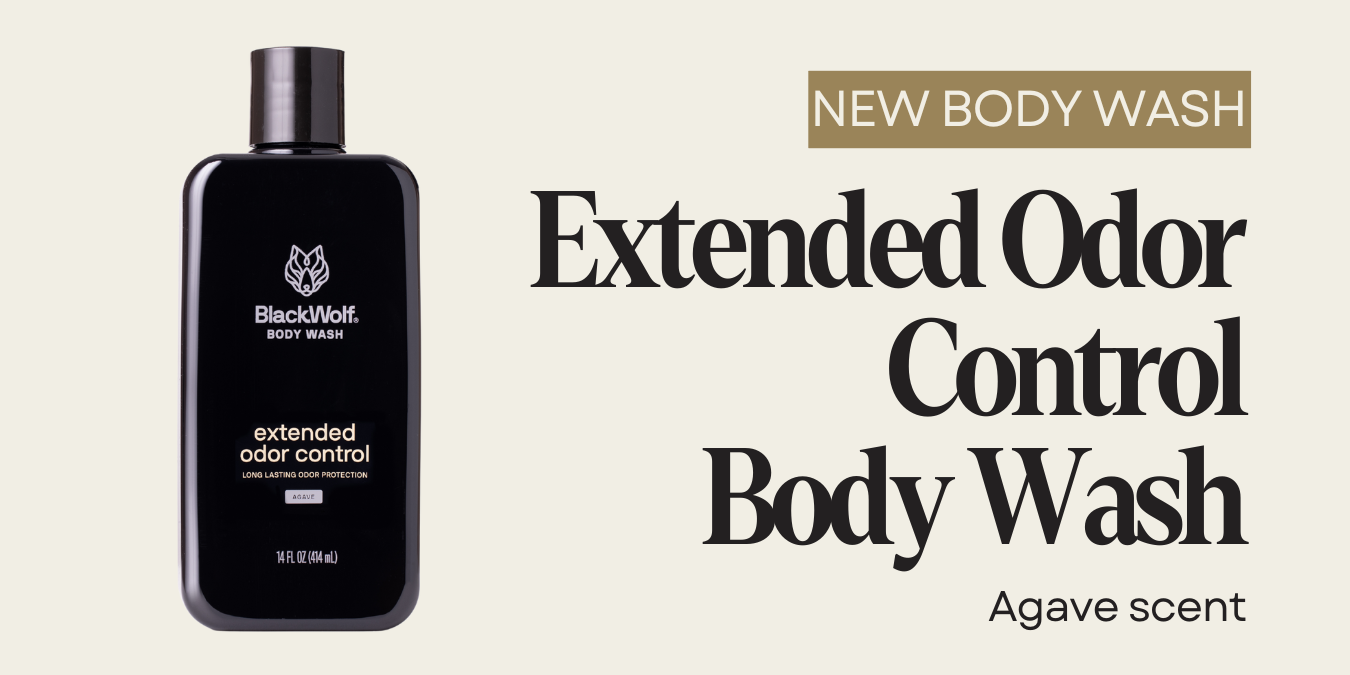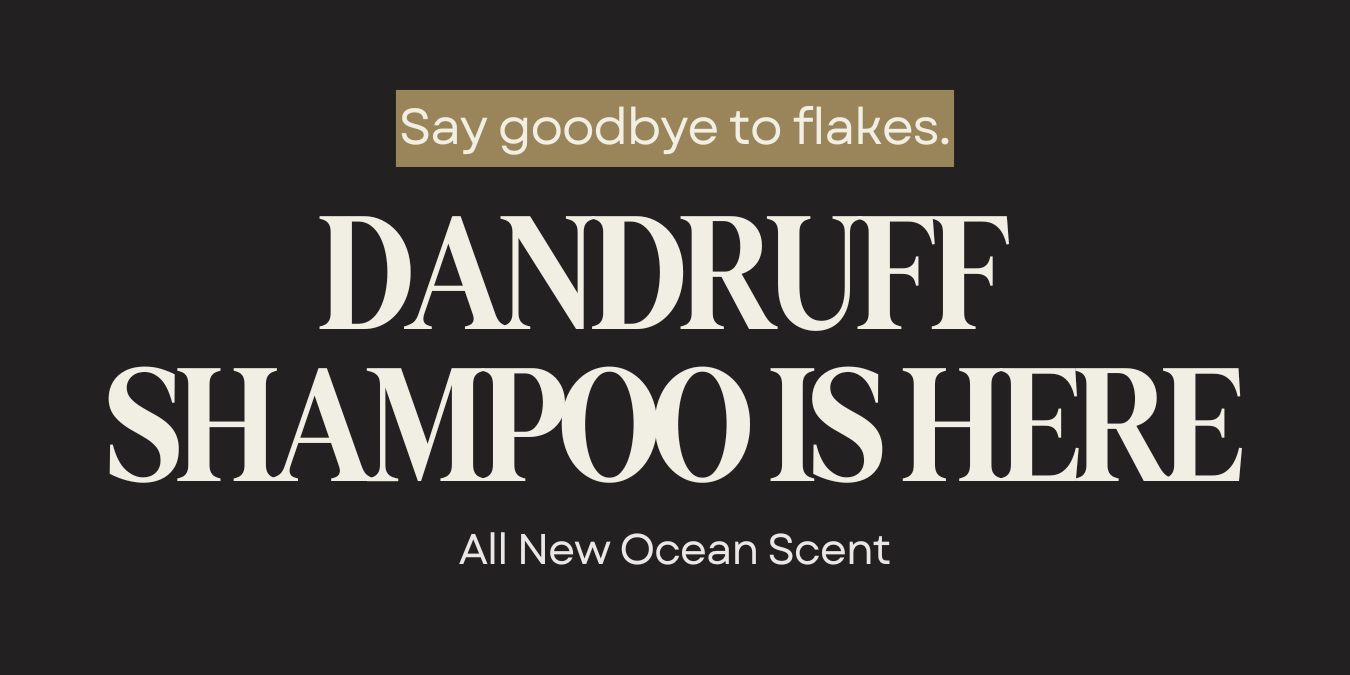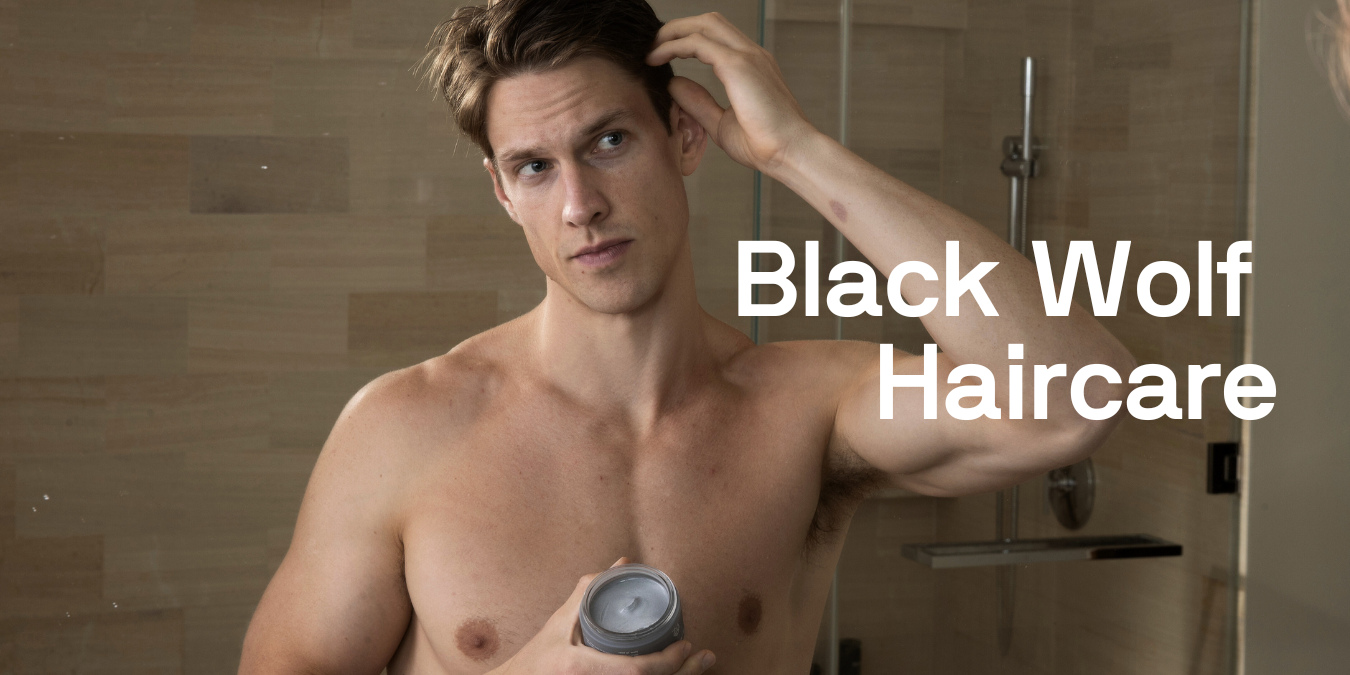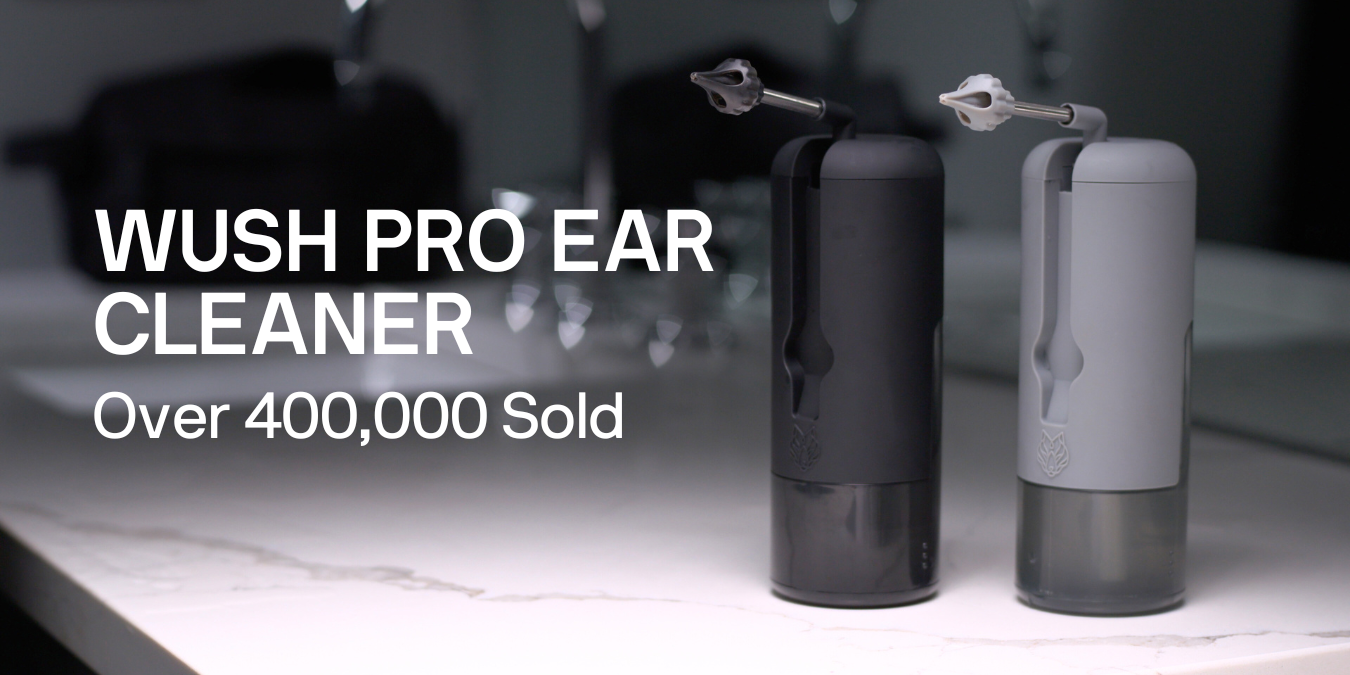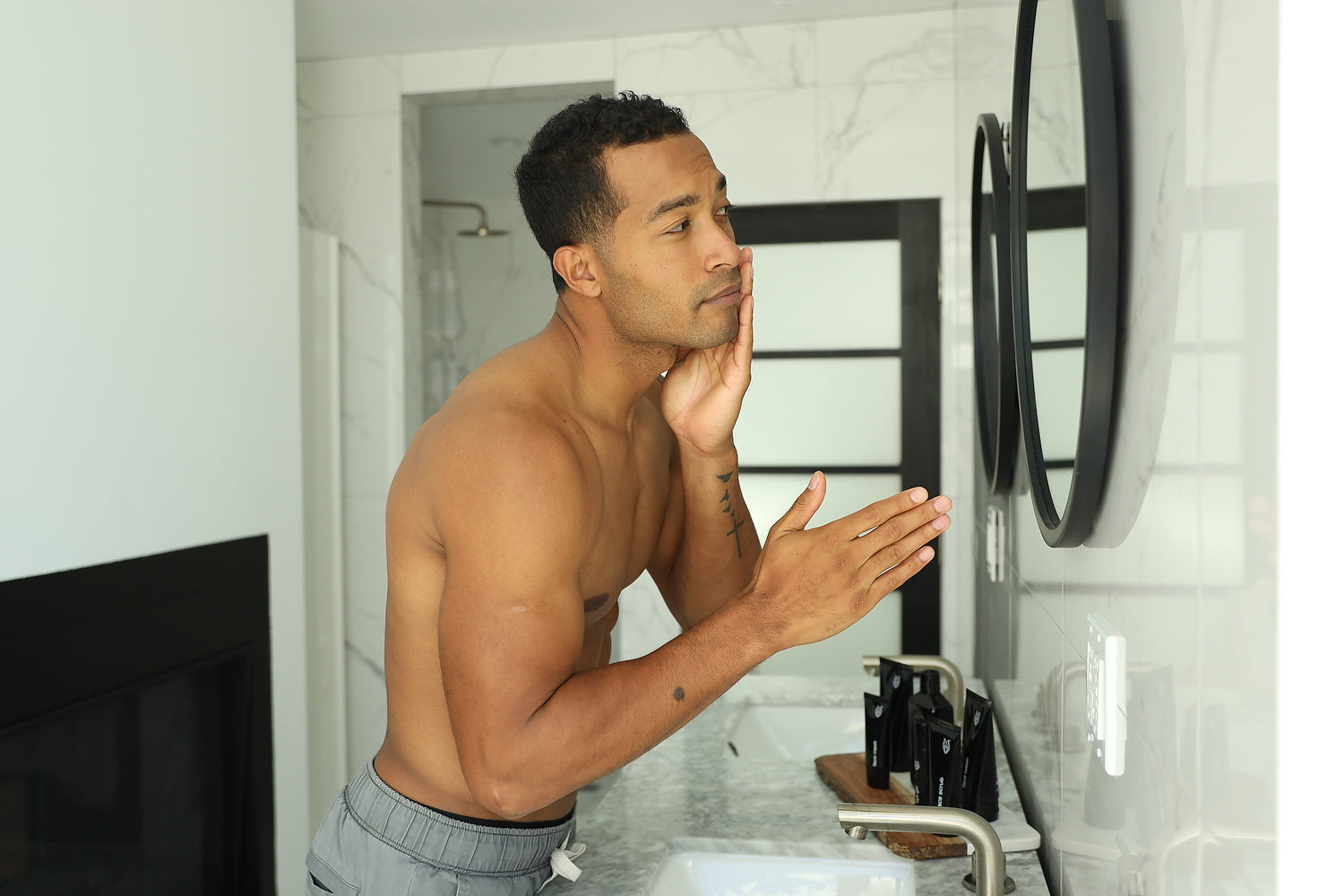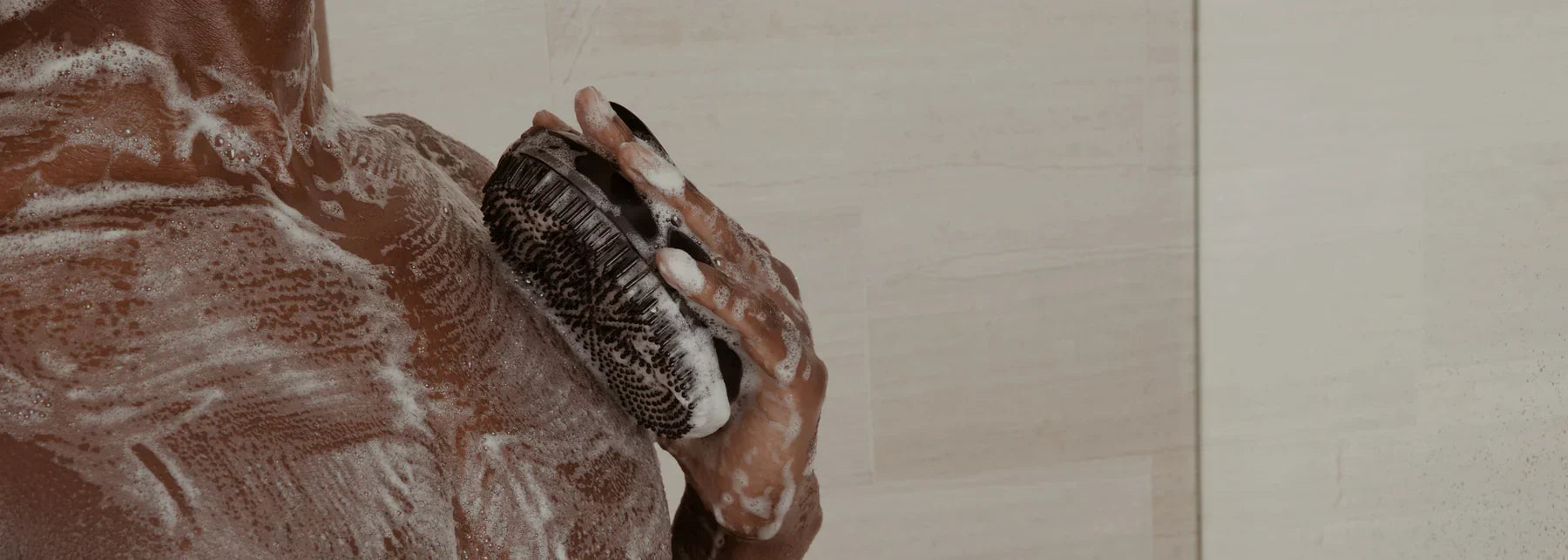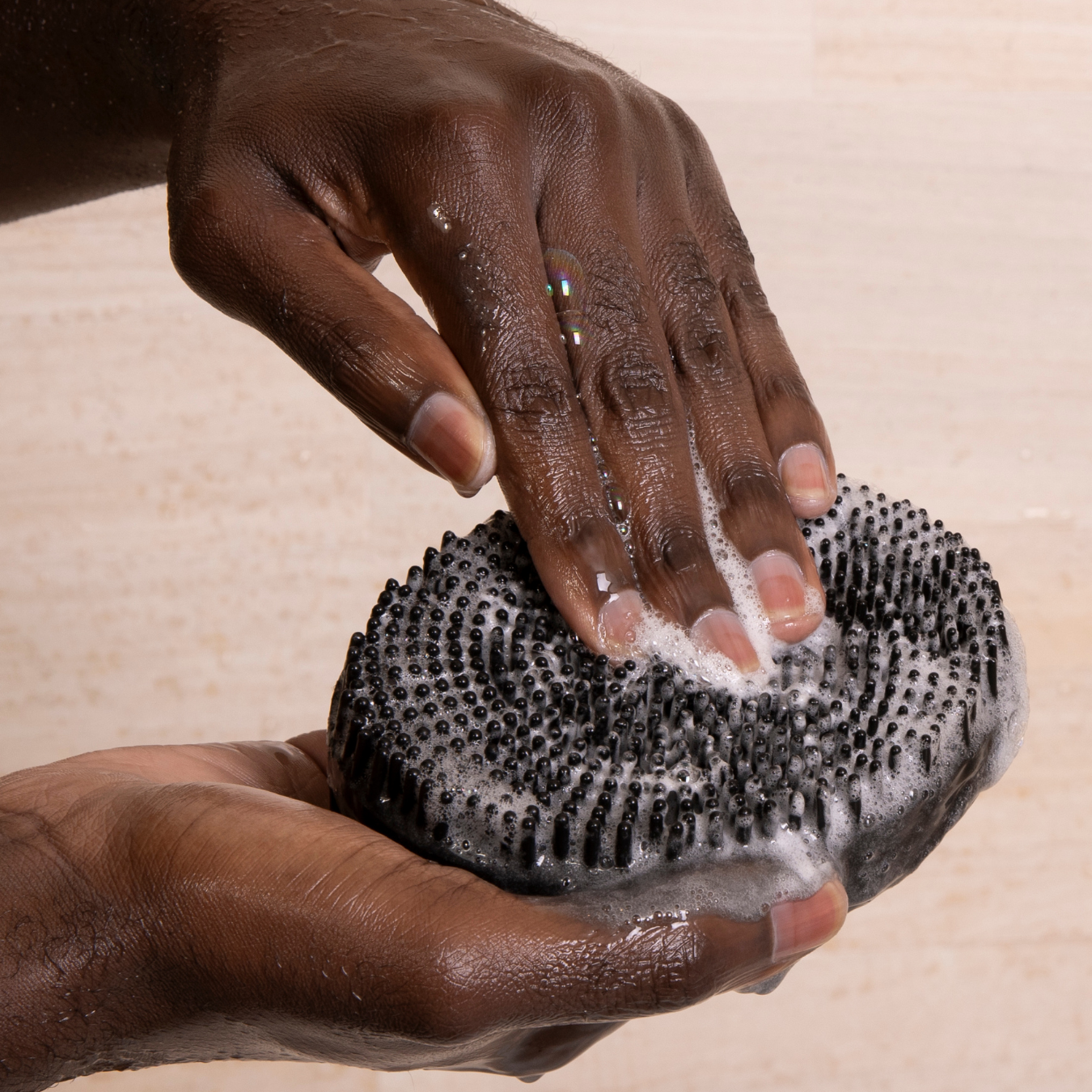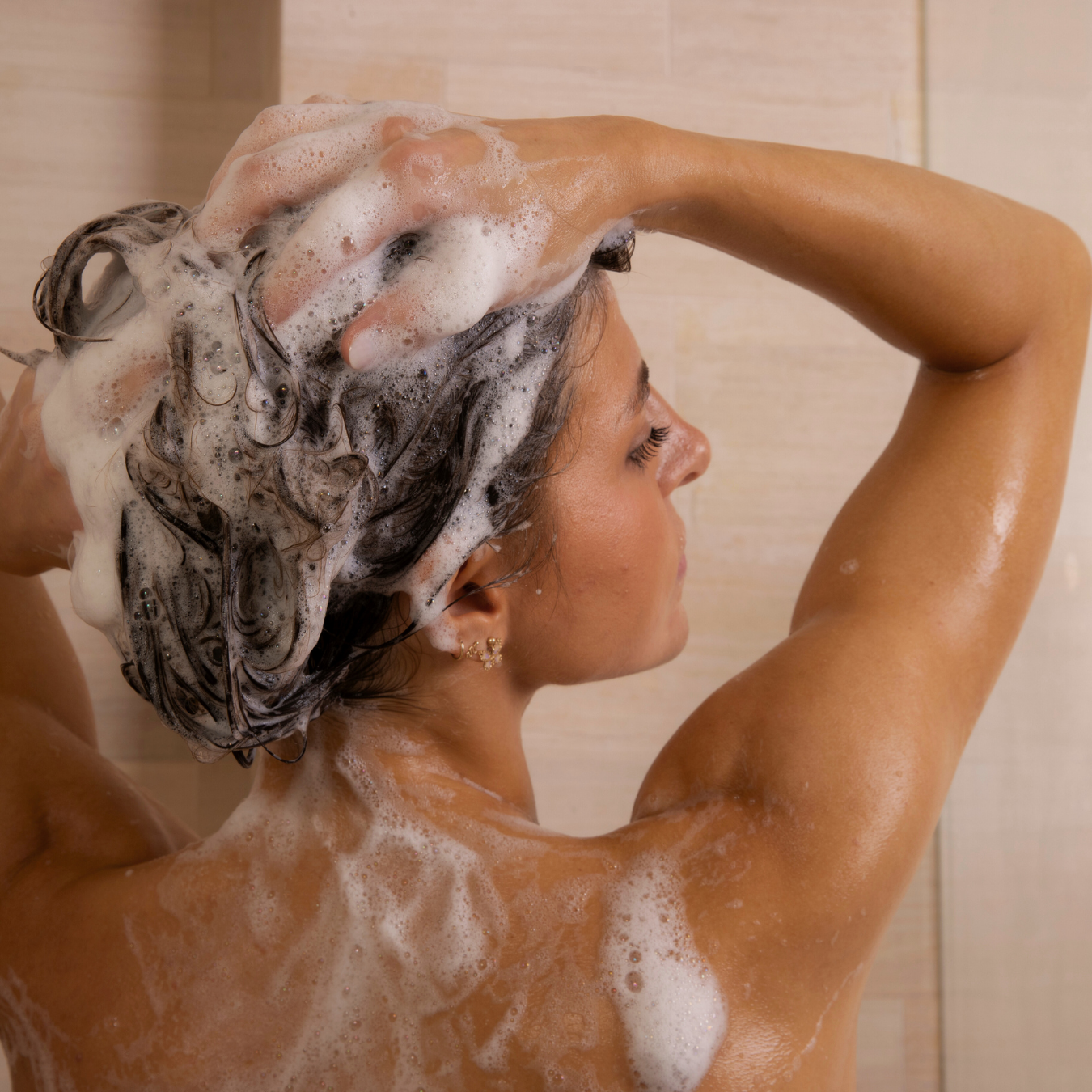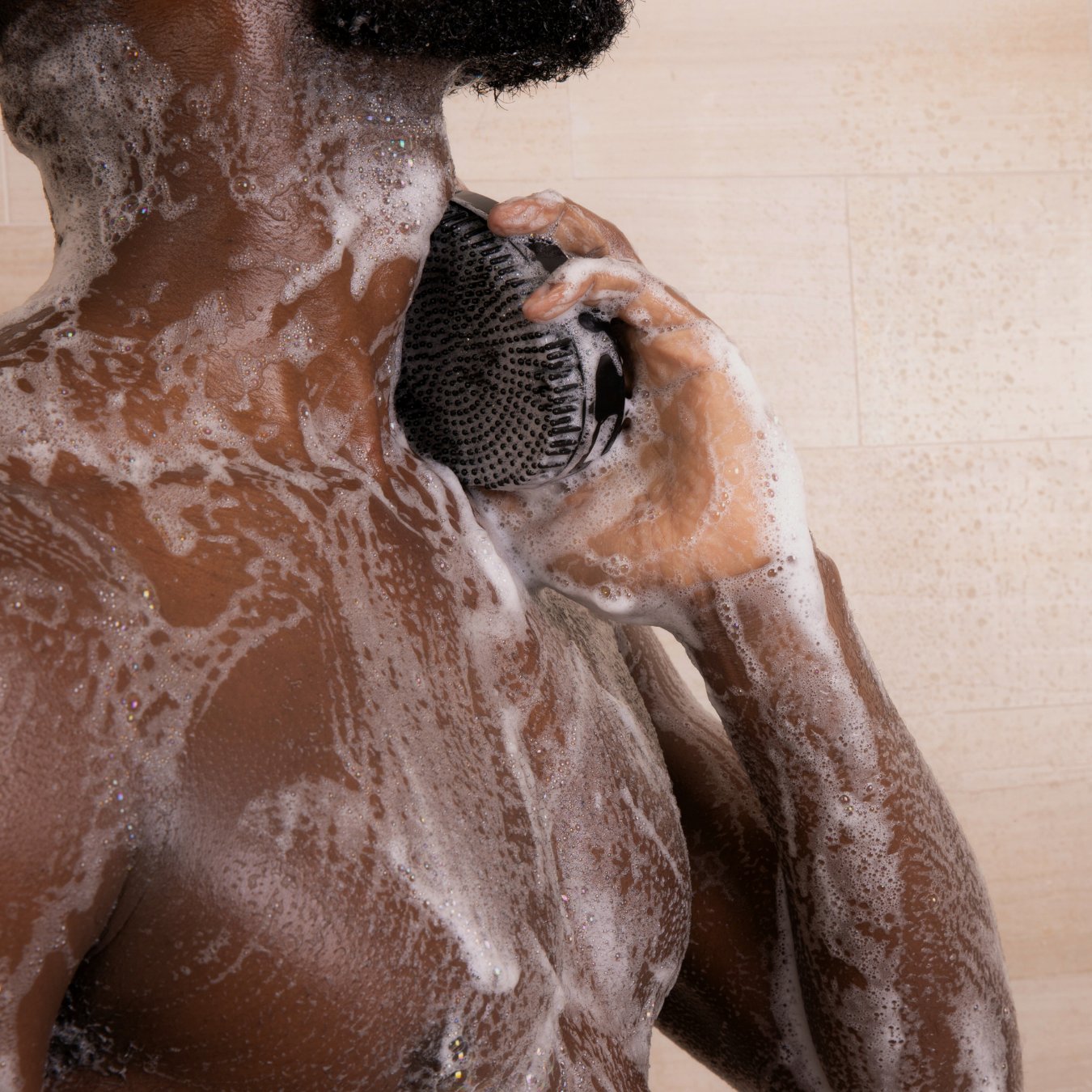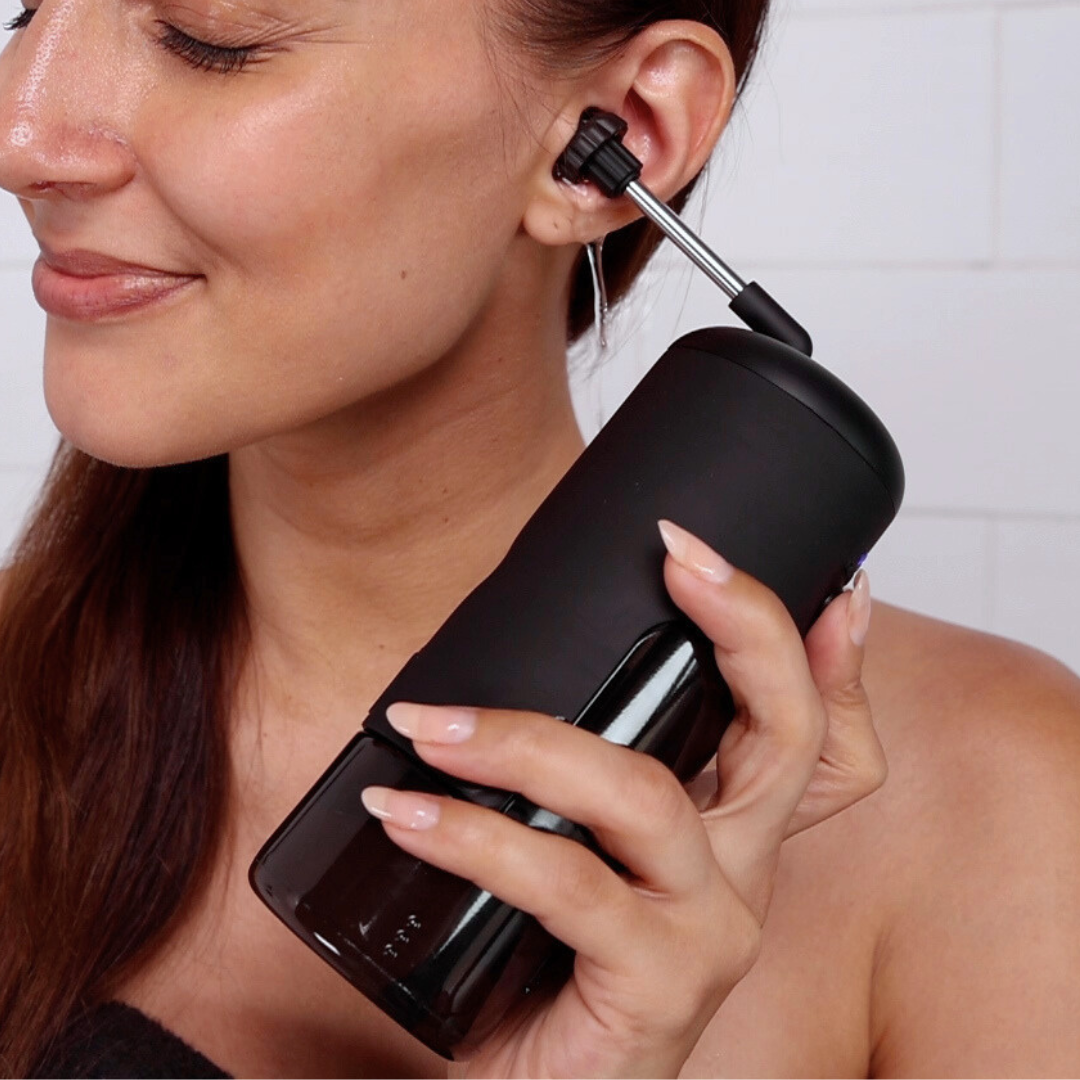How to Prevent and Get Rid of Acne Around Your Mouth
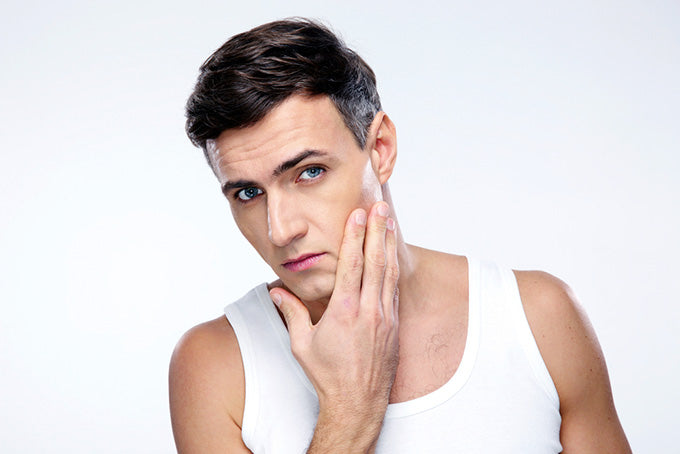

In its most mild forms, acne is a bummer. Serious acne sucks. It can make you self-conscious. It can be physically uncomfortable. No matter what, it’s not good.
And there’s something especially irksome about acne around your mouth. It’s hard not to think about it every time you smile (with a serious case, there might be more scowls than smiles) or take a bite of food or open your mouth to say something. When your mouth-adjacent acne is bad, you can FEEL it with any little twitch of your lips. And it stands to reason that if you’re thinking about it every time you open your mouth to drop some knowledge, whatever you’re expounding on is probably going to lose a little impact, to say the least.
So let’s take a dive into what causes this especially annoying form of acne. Understanding it will not only help you reduce its severity and frequency, but you’ll also be better equipped to treat it when the inevitable acne around your mouth rears its stupid head.

What Are You Looking at?
With a little help from Dr. Yoram Harth, MD, let’s quickly investigate those infuriating breakouts around your mouth. They likely fall into one of three categories: comedones, pustules/ papules or perioral dermatitis.
Comedones are generally skin-colored bumps, but they “are not red or inflamed like a typical pimple, nor do they render pus or swell excessively,” Harth says.
Pustules and papules, on the other hand, can be physically uncomfortable. Here, we’re getting into classic zit territory. Unfortunately, you know these fellas all too well.
But perioral dermatitis, as Harth points out, is something different altogether. It looks like acne, but it’s not. It’s an “inflammatory rash” that looks like “scaly, scattered pink bumps to rough, scaly patches.” While men can get perioral dermatitis, the condition is most common in women. It should be diagnosed and treated by a dermatologist.
Careful with Those Hands
When pores get clogged, acne isn’t far behind. And that’s basically what acne boils down to: clogged pores. And how do those pores get clogged?
If you just rubbed your chin while you pondered, you may have just clogged a pore or two. Your chin is at the bottom of your T-zone, a sebaceous-gland-packed region of your face that extends up through your nose and branches out over your eyes. Sebaceous glands produce sebum, an oil that can lead to acne.
The last thing you want to do is introduce additional grime to this naturally oily portion of your face. So much of the battle against acne comes down to giving your pores the best possible chance of remaining unobstructed. And too often, your hands are an enemy to maintaining a fresh face.

When you bring your hands to your face—it happens reflexively, around two dozen times per hour—they often end up around your mouth. You’re biting your fingernails, you’re rubbing your lips. But it’s not just your hands. It’s the guests your hands bring to your mouth—your cell phone, that greasy slice of pizza, your trumpet, your whatever.
In case you really need to kick that phone addiction, consider this: Researchers at the University of Arizona determined that cell phones harbor “10 times more bacteria than most toilet seats.” Do you think that bacteria isn’t going to boost breakouts? Oh, you use your phone all the time, you say, but you don’t make that many calls. Well, what about those hundreds of times per day those dirty cell-phone hands mindlessly venture to your face?
Your fingers probably play a much larger role than you realize in clogging up your pores. So be mindful. Try to maintain awareness over what those hands are doing, and keep your face clean. Like it or not, your hands are kind of nasty.
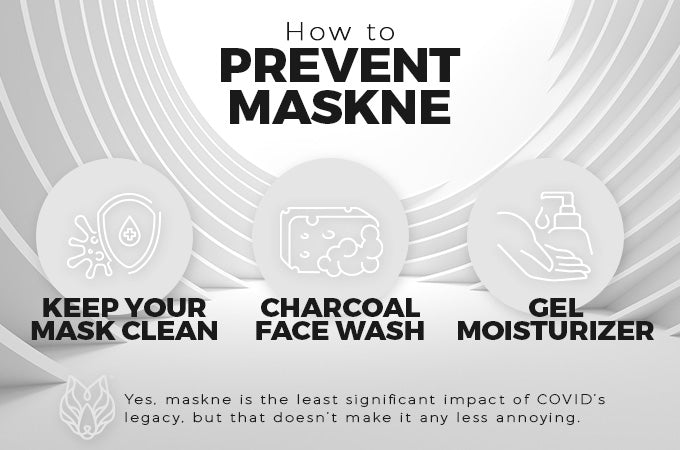
Maskne
Unfortunately, the times we’re living in make acne around the mouth increasingly difficult to avoid.
All that masking we’ve had to do to prevent the spread of COVID has given rise to a new dermatological phenomenon: maskne. Yes, maskne is the least significant impact of COVID’s legacy, but that doesn’t make it any less annoying.
Of course, this is a condition not entirely new to football players and wrestlers and anyone who works in the medical profession or another field that requires a mask. But maskne is undeniably having a moment like never before.
The inescapable fact of the matter is that acne-causing bacteria does quite well in the humid environment created by the masks we wear to keep from breathing all over each other. It’s also quite likely that we’ll need to keep on wearing our masks for the foreseeable future, so we just have to do our best to keep maskne at bay.
First off, keep your cloth masks clean. If you’re using cloth masks, the smart move is to wash after each use. You have to make sure your masks aren’t building a stockpile of acne-causing nastiness.
So while you need to keep that mask clean, it’s also doubly important that you keep your face clean. Moisturized, too.

We recommend our charcoal face wash twice per day. Clean before you mask up, if you can. And perhaps that moisturizing recommendation seems counterintuitive—isn’t that hyper-moist environment the culprit?—but much of that maskne is caused by the friction between mask and skin. Not only does that irritate, it wipes away moisturizing oils. So you should hydrate that skin before and after mask use. If your skin is generally on the oily side, use our gel moisturizer for oily skin. If your skin is naturally on the drier side, go with our moisturizer for dry skin.
Beyond thwarting maskne, moisturizing is an important defense against acne in general. That probably seems counterintuitive, too. But proper hydration prevents your sebaceous glands from kicking into overdrive. As the American Academy of Dermatology notes, “When your skin becomes dry, your body makes more oil. The extra oil can clog your pores, which may lead to more breakouts.”

Products as Cause and Cure
That shaving cream, that aftershave, that lip balm (especially if it’s oily). Some of the products you use on your face might be contributing to the acne around your mouth. Your toothpaste can irritate the skin around your mouth and THAT can lead to acne.
It almost seems like a crime, doesn’t it? The products you use to help your skin—and teeth—might in fact be leading to that baleful mouth-adjacent acne. These products serve a purpose, though. You just have to be prepared to counteract their adverse effects, which are primarily caused by pore-clogging residual buildup. And what do clogged pores lead to? That’s right.
That’s why we recommend introducing exfoliation as a regular part of your skincare routine. A gritty exfoliating scrub doesn’t merely rid your skin of gunk. It gets rid of dead skin cell buildup and keeps those pores clear and healthy.
Depending on your skin type, we recommend using our bamboo scrub two or three times per week. It’s a satisfying blend of walnut shells and bamboo stems, replete with hydrating sugar technology that repairs your skin’s moisture barrier.
Exfoliating before you shave is also a great way to lessen the workload for your razor, giving it smoother passage over your skin. A smoother shave means less irritation, which means fewer breakouts.

Check Out Our Satisfying Peel-Off Face Mask
If you’re truly serious about pushing back against acne around your mouth—and we know you are—a peel-off mask is a clutch addition to that skincare routine of yours. If you’ve never used a detoxifying mask, here’s a quick summation of the process: It’s a once-weekly trip to the face spa. You slather it on to clean, dry skin and 15 minutes later you peel it off, extricating a week’s buildup of blackheads, dirt and oil.
Acne around the mouth is no laughing matter. It can be painful. It can be embarrassing. When you’re dealing with mouth-adjacent acne, it’s just not easy to get it out of your mind. That’s why you need to know a thing or two about where it comes from and what to do about it.
Dealing with acne isn’t a one-size-fits-all situation. Every face is unique. Put these tips into practice and pay attention to what works for you and what doesn’t. And when a breakout comes on, think about what may have preceded it? Are you using a different aftershave, a different lip balm? Have you been eating buttery popcorn and then not washing your face before bed? (If that’s the case, then you’re asking for it.)
After all, you know your face better than anyone, and you surely want to be able to flash a big smile without mouth-adjacent acne raining on your parade.
Image Credits
Marina Shevchenko/Shutterstock.com
Max Krasnov/Shutterstock.com
guteksk7/Shutterstock.com
ESB Professional/Shutterstock.com
